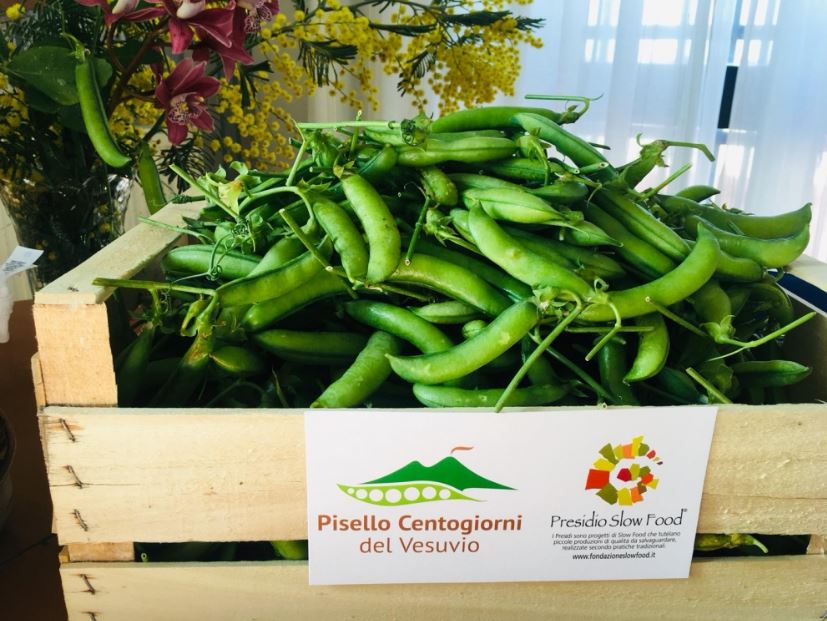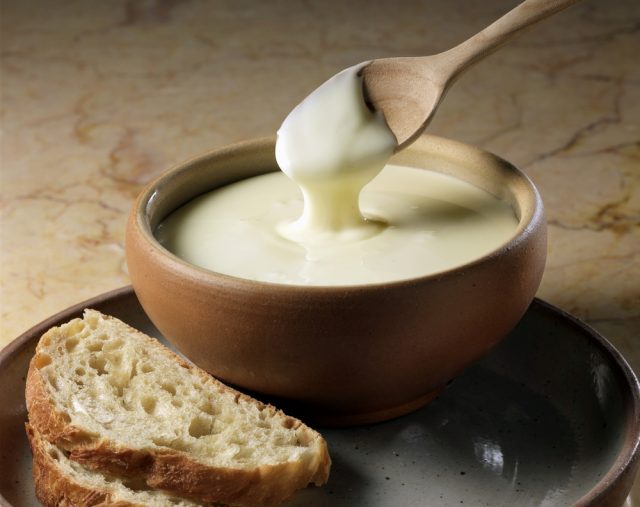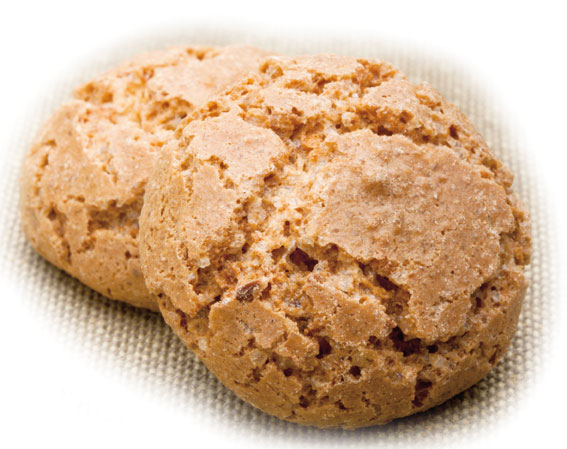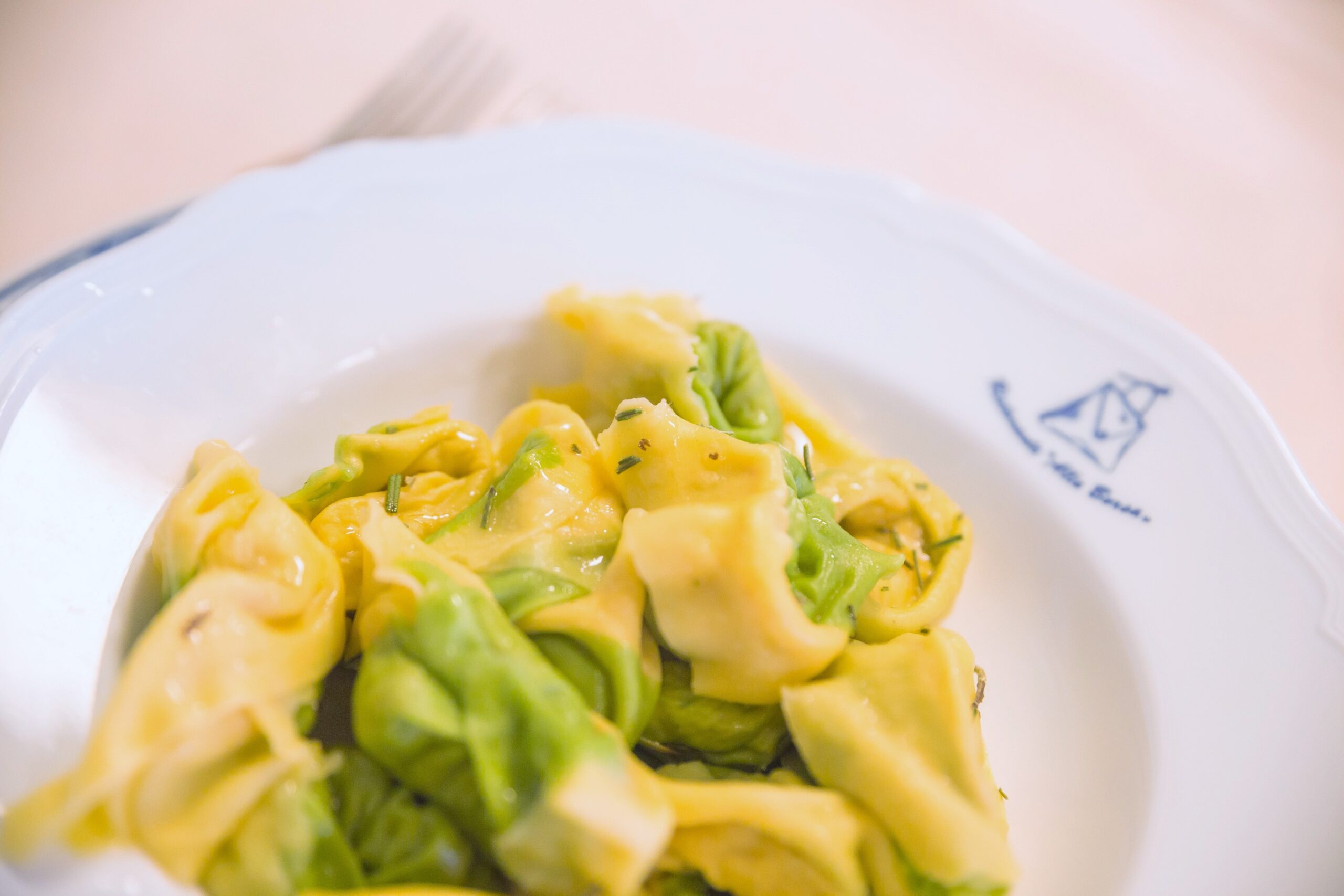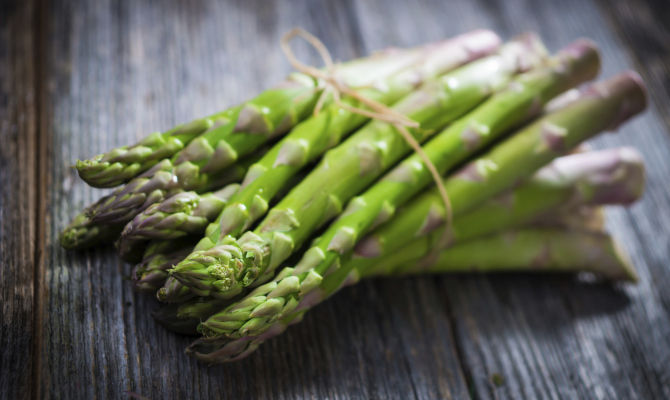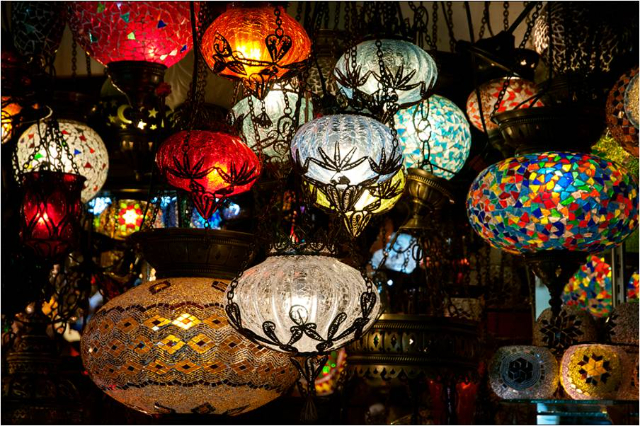The peas, Fabaceae of the species Pisum sativum, are green legumes, round and small, enclosed in a pod of the same colour. There are many assortments, but the variety that concerns us closely is that of the Pisello Centogiorni. It was almost disappearing, the Pisello Centogiorni del Vesuvio, so called because it takes, on average, one hundred days to ripen, from sowing, which takes place in October/November, to harvesting, which takes place around March/April, depending on the characteristics of the land located in the various locations along the sides of the volcano.
But then, a handful of courageous farmers, grouped around the Slow Food Vesuvius Convivium, recovered and relaunched it, bringing it back, albeit in a niche space, to our tables.
In the ’70s, in the area around Vesuvius, there were still 500 hectares of land cultivated with Pisello Centogiorni, a typical legume that had been cultivated in the Vesuvian territory for over a hundred years and that was the undisputed king of pasta and peas (fresh) Neapolitan style.
But like all traditional and local agricultural specialities, its cultivation and harvesting (strictly by hand) required commitment, effort and sacrifice, and its yields were low. Therefore, both because of the consumption of the land, which sacrificed agriculture to the expansion of construction, and because it was supplanted by varieties of peas with much higher yields and easier cultivation, it, starting in the 80s, was heading towards extinction, making the Neapolitan volcano lack another of the biodiversity that characterized it.
Luckily, however, a couple of years ago, to a small group of heroic Vesuvian farmers who network around the Mountain (this is how Vesuvius is affectionately called by those who live nearby), thanks also to their investigative efforts, creative and informative and the coordination of Slow Food Vesuvius and its three musketeers (Maria Lionelli, the trustee, Patrizia Spigno, the agronomist, and Marina Alaimo, the food and wine journalist), came up with the idea of replanting the legume and reviving the Pisello Centogiorni speciality. And so it was that they divided half a kilo of seeds, found in the vegetable gardens of some farmers of Trecase who still cultivated it for their own consumption, thanks to which they resumed the production of the fresh and tasty volcanic legume.
The bet was won, the Centogiorni Pea was brought back to life and immediately received approval and recognition from gourmets, until the establishment of the Slow Food Centogiorni Pea Presidium in October 2018.
